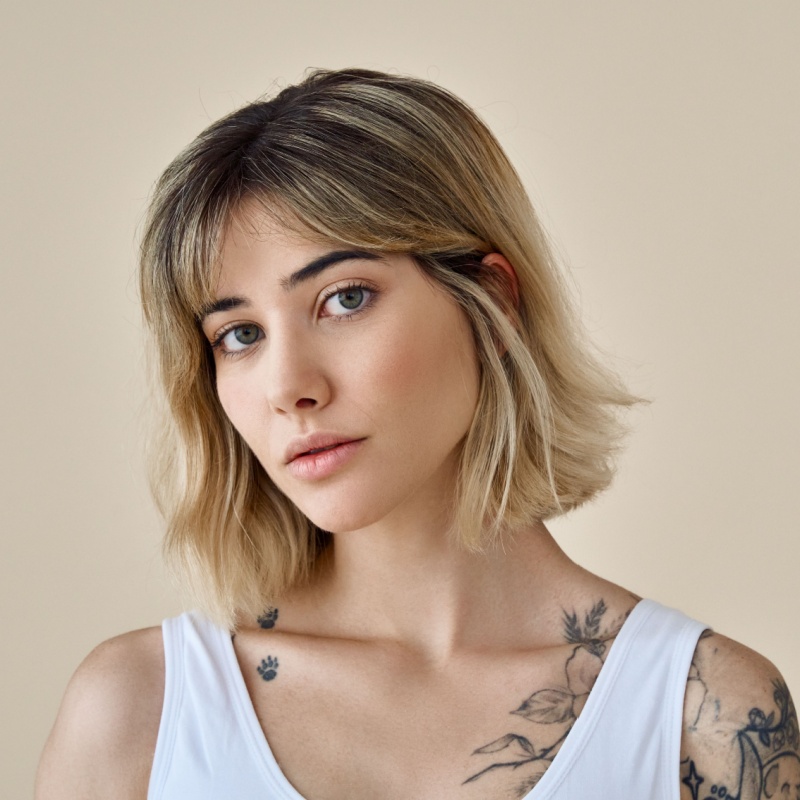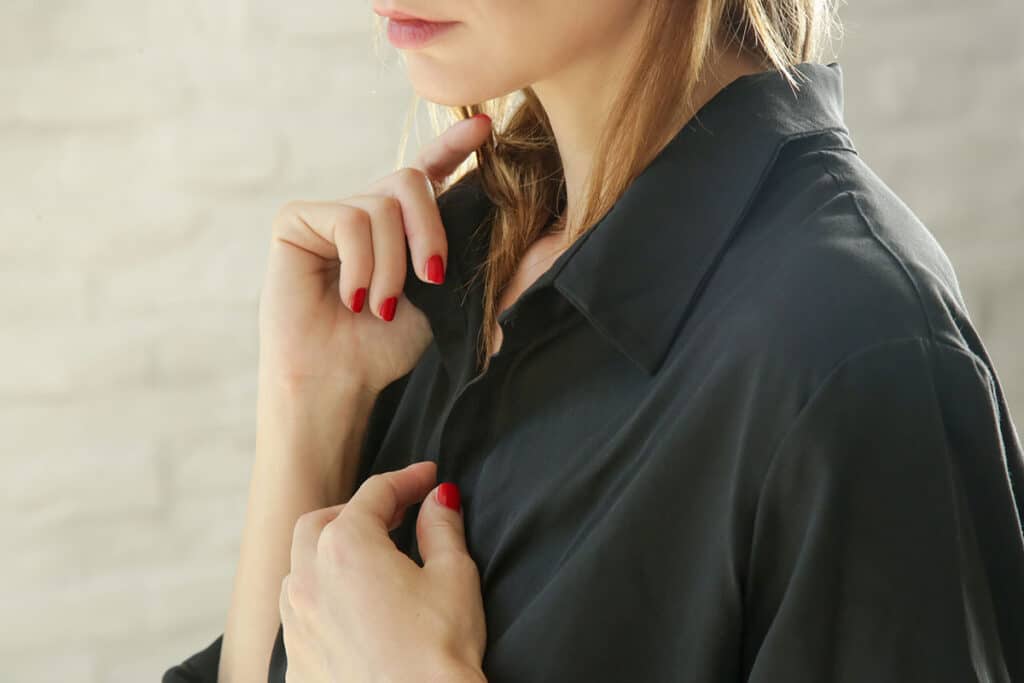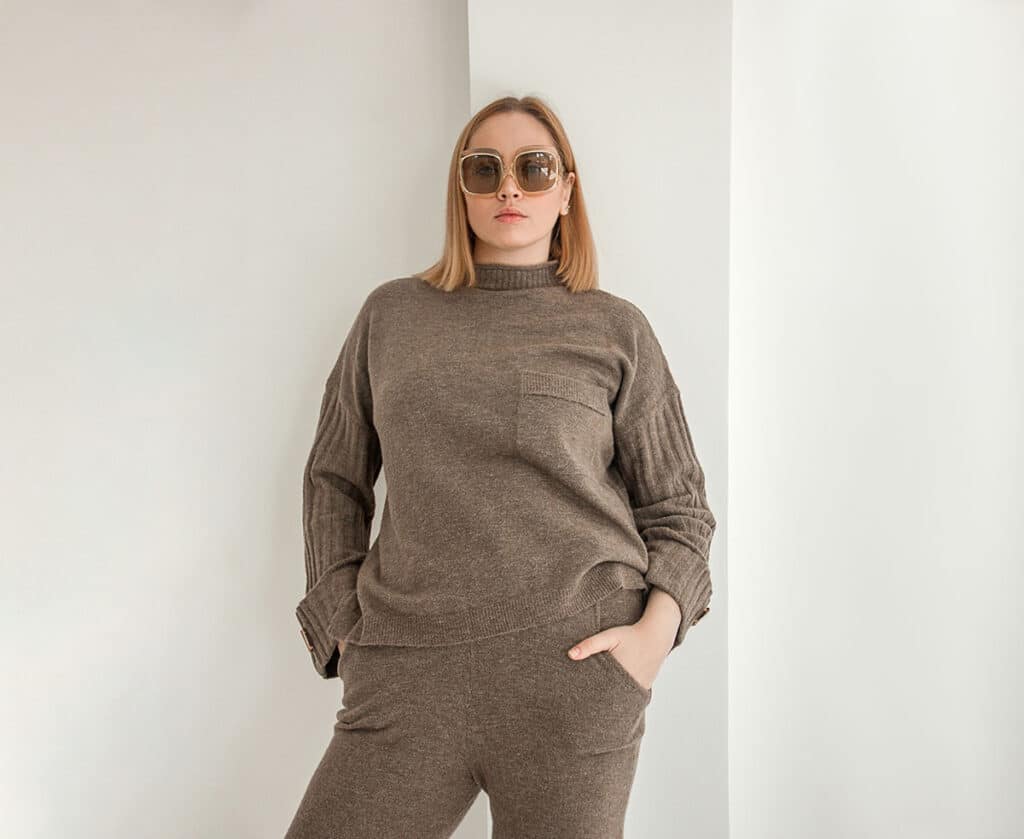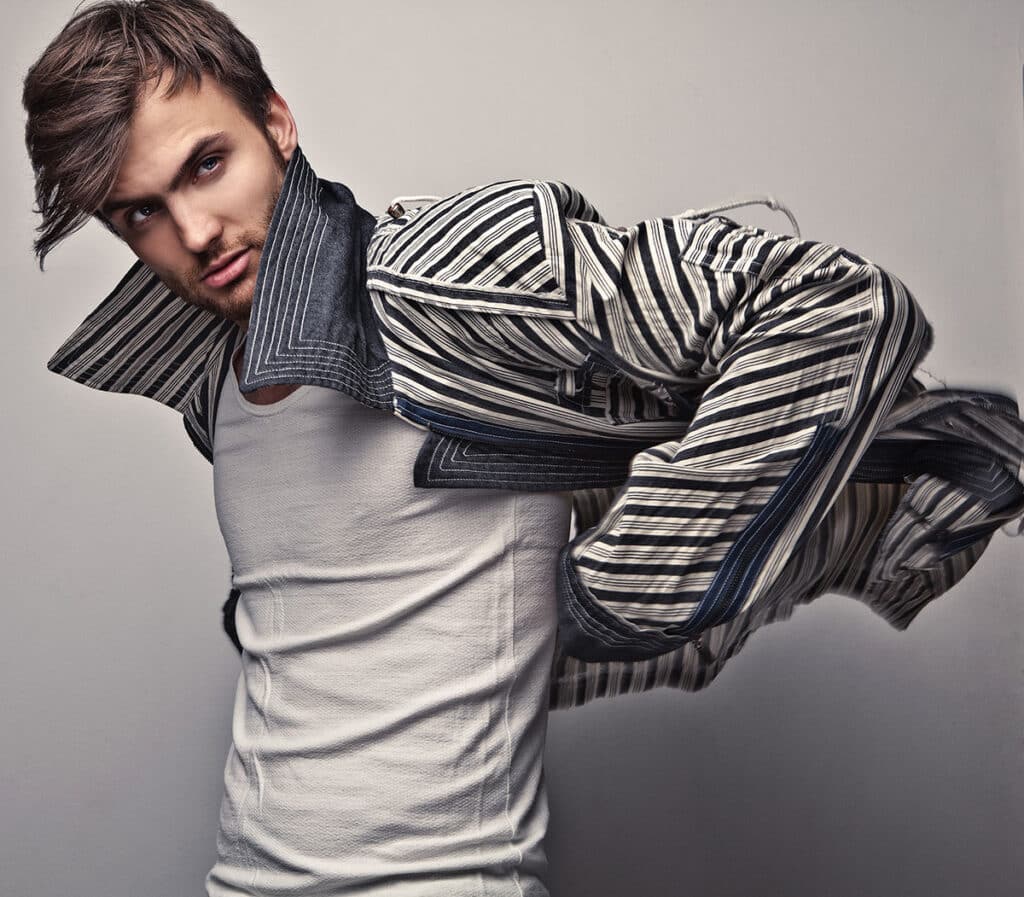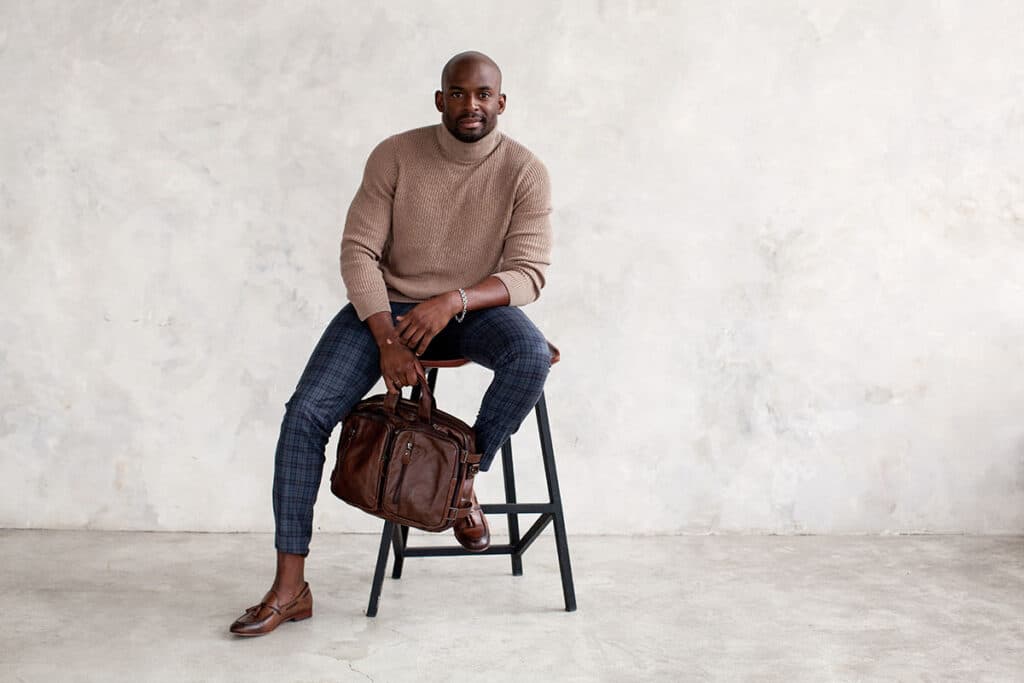Can Imperfections Halt Your Modelling Career?
No Comments • Uncategorized • By Melissa
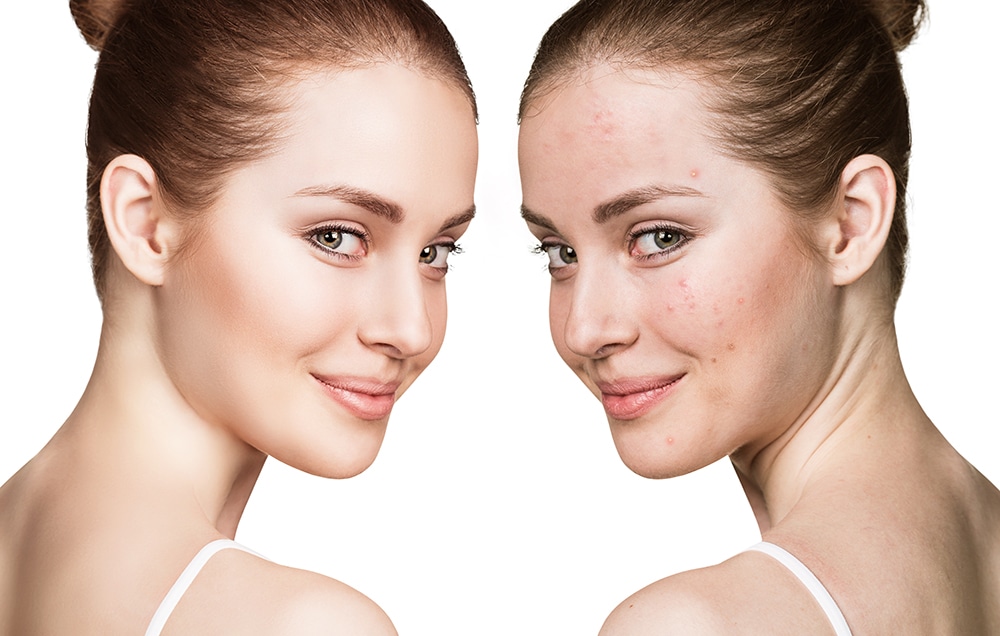
The words “modelling” and “imperfections” aren’t usually seen together. We are led to believe models are aesthetically perfect; both their bodies and their faces are primped and preened until it’s impossible to see a single pore, blemish, stretch mark or mark on them.
Models are only human, and they suffer with flaws and imperfections just like the rest of us. But if models are supposed to be “perfect”, does that mean imperfections are potentially career-halting?
Do Models Have Imperfections?
Contrary to what you might believe, you don’t have to be perfect to be a model. Supermodels also have their share of imperfections that they are conscious about. From stretch marks and spots to redness, enlarged pores, scars, birthmarks and blemishes, we all have something that bothers us about our appearances – and that includes models.
But unlike the general population, models have the money and means to remove, hide or disguise their “flaws”. It’s their job to appear perfect, and they can hire the best professional in the business to help them achieve that – or at least, appear to achieve it!
You don’t have to be perfect to be a successful model.

Catwalk Models
High fashion (aka runway/catwalk models) have it the hardest, because their genre of modelling is the most strict and demanding. That means there is less acceptance of imperfections. It’s unfair, but the nature of the business.
For example, catwalk models must by around 5’9″ tall with a slim build, hourglass figure and flat tummy. They must also be young and fit into a UK dress size 8. Good skin is also desirable, though as we have seen from some top models (e.g. Kendall Jenner), it’s not essential.
With such strict requirements, there isn’t much space for anyone who doesn’t meet the standards expected by the high fashion industry.
It is a different story for catalogue/commercial models, however. Things are much more relaxed and inclusive. They require a more diverse range of models. Being curvy might be deemed an imperfection in high fashion, but plus-size models are celebrated and demand is high in commercial modelling. You’ll will often see being different celebrated in commercial fashion.
Of course, there are always those who are able to break the mould; Winnie Harlow has achieved a successful career in high fashion despite having vitiligo (a condition which makes the skin lose its pigment). It’s worth noting that her vitiligo is very even and proportional; if anyting, it elevates her beauty and makes her stand out from the crowd. In high fashion, even “imperfections” must be deemed attractive.
Kate Moss is another model who has managed to find success despite not meeting the strict requirements of high fashion. She is only 5’7″, so technically too short, but that hasn’t stopped her working with the likes of Calvin Klein and standing alongside taller models like Naomi Campbell.
Taylor Hill is a supermodel who has been a Victoria’s Secret Angel since 2015. Scouted as a teenager, she has been very vocal in the press about her struggles with facial acne. Despite this apparent flaw, she’s still featured on the front of Vogue numerous times.
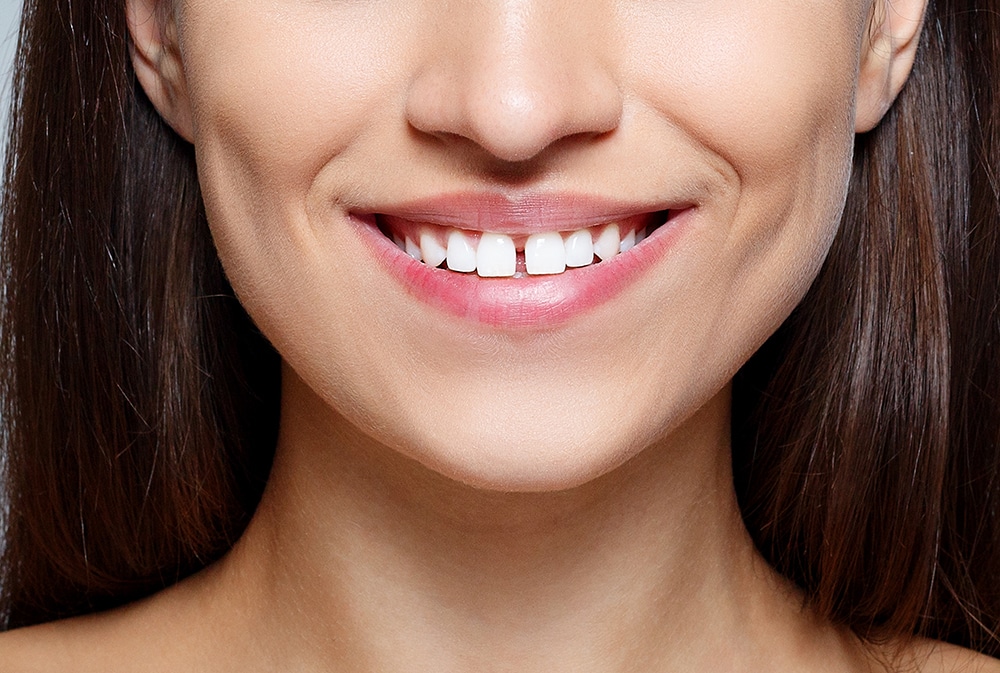
Modelling with “Imperfections”
We’re often told of the “requirements” for modelling, but if you look closely at the industry there are plenty of models who break the stereotypes. Remember too that the modelling industry is constantly evolving; what it fashionable this week may not be next week.
Imperfections are also in the eyes of the beholder; you might hate your freckles and see them as a flaw, but others are running to the tattoo parlour to get them tattooed on!
Celebrities like Kylie Jenner have also helped destigmatize “imperfections” like scars; she has said she is proud of her scar leg and often features it on her Instagram photos.
The paralympics has also seen a huge surge in interest for anyone with a disability. As we continue to see these people do incredible things, we are seeing them more and more in other areas of the media including fashion.
Modelling is not known for its diversity (in fact some would argue quite the opposite), however we are starting to see a change. Your “imperfections” may be the very thing that helps you stand out from the competition. Many top successful models have shown it is possible to go against the grain and break the “rules”.
Regardless of what you look like, all top models do have one thing in common – confidence. A model must feel confident in their own skin. It’s only human and natural to have things we are self-conscious about, but a model must be able to hide their insecurities the majority of the time.
A model must also have a good personality. This includes having a strong work ethic, as well as being polite and courteous.
Ultimately, a model’s success relies on their ability to be in the right place at the right time. Luck has a large hand in whether someone “makes it” or not.

Hiding Your Flaws
We’ve already mentioned that there’s been no better time to embrace your imperfections than now. But sometimes you may want to hide your “flaw”, perhaps for a photoshoot or event.
Make-up is an easy and convenient way to hide imperfections. From scars, moles and stretch marks, to unwanted tattoos and even facial constructs like wide-set eyes or a big nose, make-up can be used to alter, cover, mask and enhance your appearance.
Skin conditions like psoriasis and eczema can be more difficult to cover. It might be best to go a doctor or skin professional for advice on how to improve it.
Getting Noticed as a Model
Getting noticed in the modelling world is difficult. You must stand out from the thousands of other hopefuls if you wish to have a fruitful career.
Think about what makes you uniquely you. Everyone has a stand out feature; are you making the most of yours?
Social media (in particular Instagram) can be used to boost your profile and gain some followers and fans. Many models also make money via advertising opportunities and endorsements. Social media is also a great place for inspiration.
Make sure your modelling portfolio is as strong as you can make it. Having professional, high-quality photos is essential.
Try and develop your own style. Modelling is all about fashion; instead of copying other people, try to create your own unique look. Be creative. You don’t have to spend much money; charity shops are a great place to find some fantastic pieces.
Don’t forget to network! Networking is an important part of building a successful modelling career.
It goes without saying, but practice makes perfect. Try different poses, practice putting on make-up and styling your hair, practice in front of the mirror and camera. The more comfortable you are modelling and posing, the better you will be when out on the job.
Remember – often an unusual look will benefit you. Lara Stone is famous for her gap tooth, Madeline Stuart has not let her down syndrome diagnoses affect her career and Nastya Kumarova has made albinism her unique and breathtaking feature.
Are you ready to start a career in modelling? Register with us today – it’s free!


